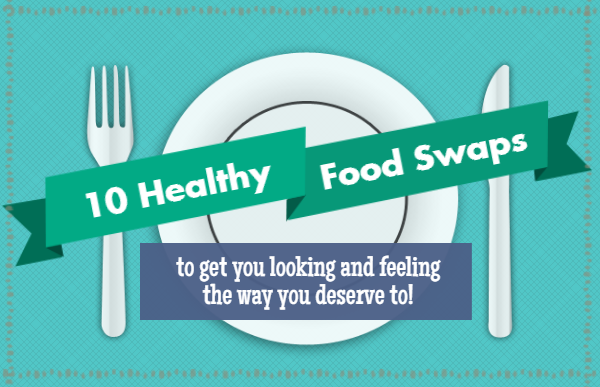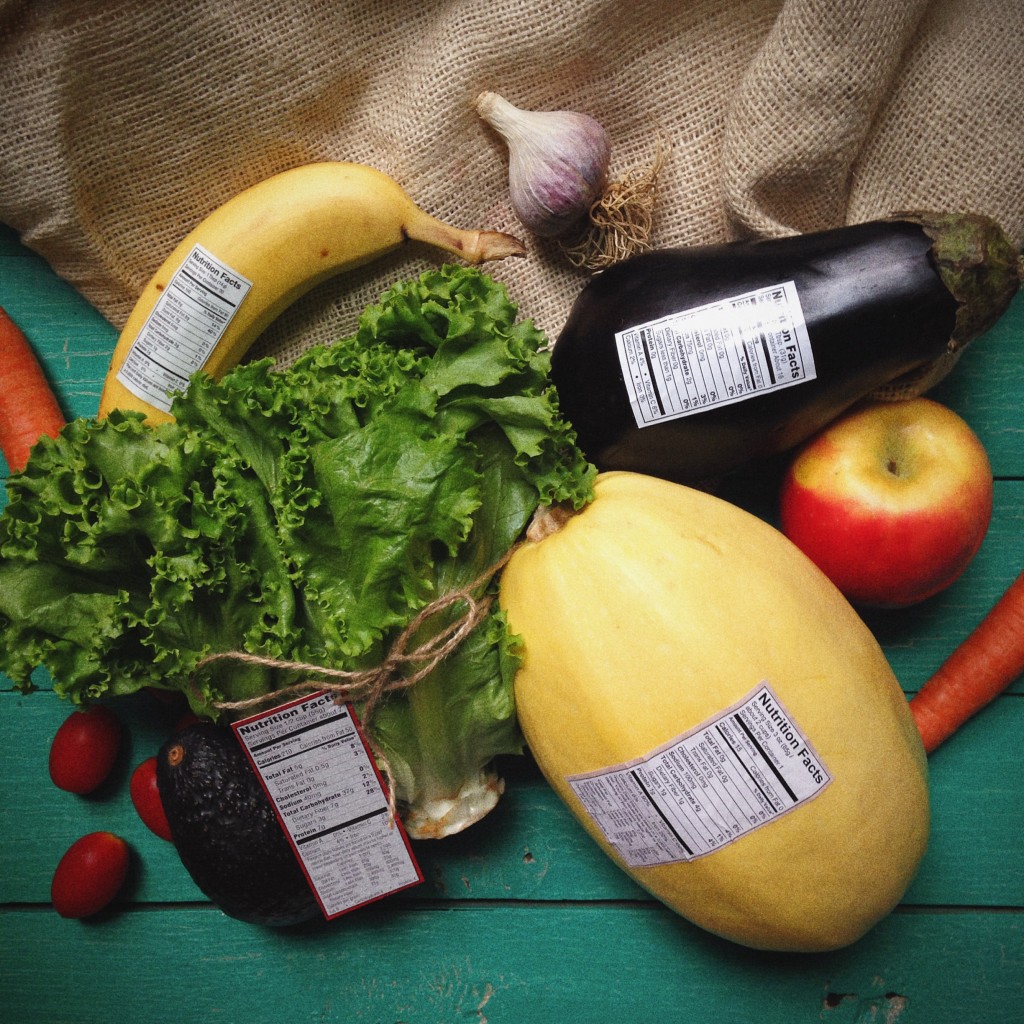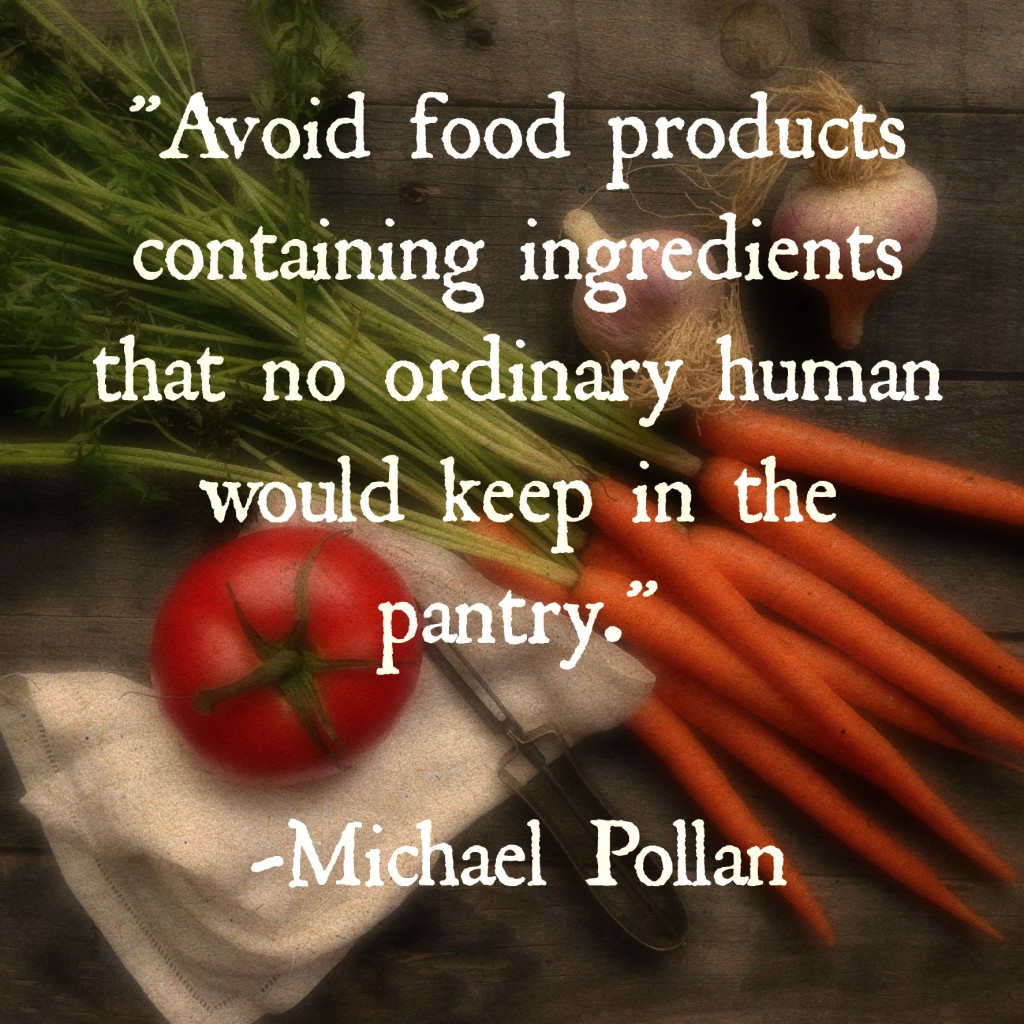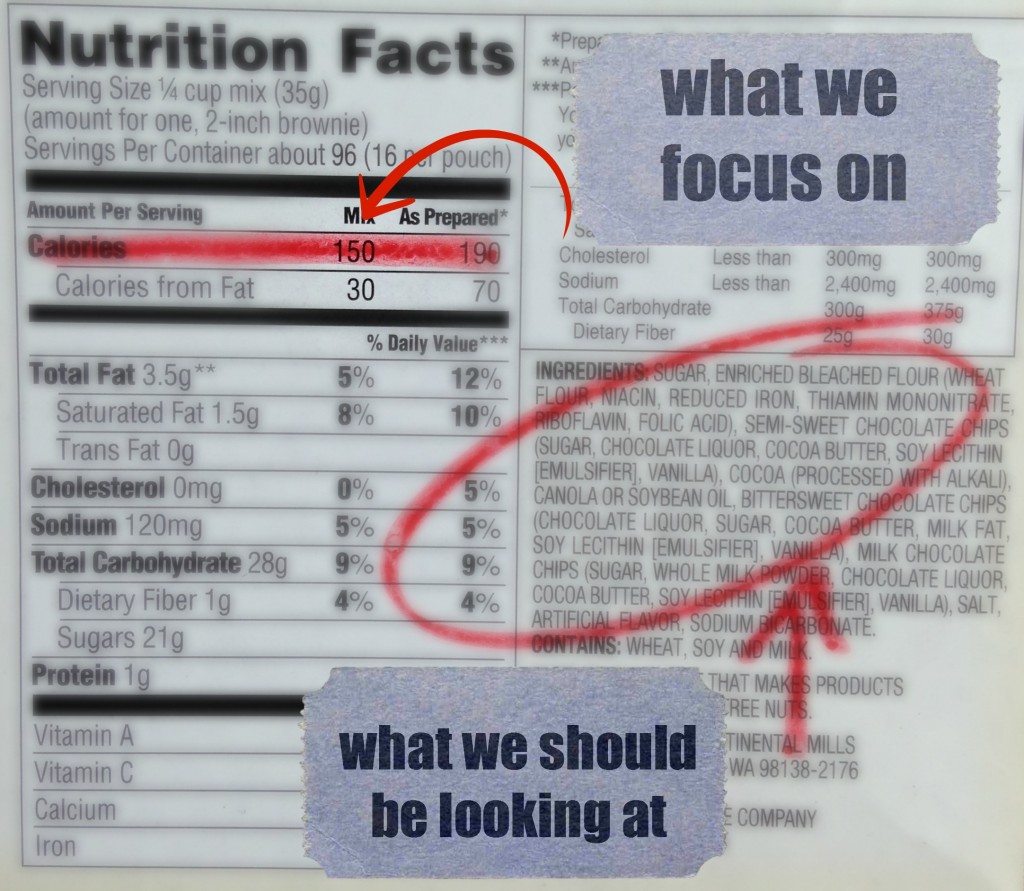How to Read Nutrition Labels
Never before has eating been so confusing. When life’s biggest question is shifted from “will I eat today” to “what will I eat today”, the answer seems to only grow more complicated. In an effort to put order to this privileged problem of overabundance, we have turned to nutrition labels to guide us in the right direction. But while they were intended to simplify the question of “what’s good to eat”, they seem to have only made it more complicated.
How did humans survive before nutritionists?
We used to rely on sensory signaling to inform us what we should and should not eat, how much, and when to stop. Taste, sight, and smell led us to edible options, and biological cues ensured that our daily nutritional requirements were met. But as science has advanced, and the array of invisible components that make up our food have been identified, we have turned to manufacturers’ labeling to inform us on precisely the correct proportions we need to ingest in order to be healthy. What these labels have effectively accomplished is to de-emphasize our bodies’ innate consumption gauge and negatively alter our relationship with food.
Fuel requirements based on mileage, make, and model…
While as humans we are all similar in our basic physiology, no two of us will require identical sustenance. Nutrition labels oversimplify the way our bodies require nourishment, and lead us to rely too heavily on quantitative measurements that have been recommended for us. Not only do our dietary requirements vary greatly from person to person, they will also vary drastically over the same person’s lifetime.
It’s a numbers game
Our society’s fixation on physical appearance leaves people obsessing over numbers- not only the ones that appear when we step on the scale and those that are sewn to the inside of our jeans, but also those numbers that represent invisible energy totals posted on the side of your cereal box. Calories count, but counting calories is not how nature designed us to consume. We have unfortunately come to think of food in terms of numbers, rather than the nourishment it provides.
Can I eat without an instruction manual?
We’re spending a lot of time reading about what we should be eating, and not enough time listening. We must learn to listen to our bodies and give them what they are actually asking us for. It may seem absurd to us today, but humans survived eating without detailed nutritional explanations for hundreds of thousands of years. Our bodies learned to communicate with us using the language of edible foragings, and we used that communication to make it this far.
Speaking a foreign language
The problem is that we have added unfamiliar vocabulary into the equation, and therefore some of those requests will inevitably get lost in translation. If you think that your body is sincerely asking you for Doritos, you are sadly mistaken. What some of us need is a factory reset, a refresher course if you will, for our bodies to remember and again find the ability to effectively communicate with us. This is where nutrition labels are a useful tool.
What’s not inside can be just as important as what is
While it is my general recommendation (and personal practice) to avoid foods that ever require such a label, I do use them as a precautionary device: a way to ensure that I won’t be ingesting any of that “new vocabulary” that I am actively trying to avoid.
I’m not saying that these labels aren’t useful, just that we’ve come to rely on them too heavily. Frequently, they create confusion when clarity is what they originally intended to offer.
We have undermined thousands of years of evolution and turned eating into a science, but it appears that our calculated attempts at healthy eating have not been hugely successful. What if we stopped analyzing the invisible components that reside inside of our apple and just learned to be present during each instinctively satisfying bite.
My writing is greatly influenced by the work of Michael Pollan. His book, The Omnivore’s Dilemma, is one that I would whole heartedly suggest to any eater.







Leave a Reply